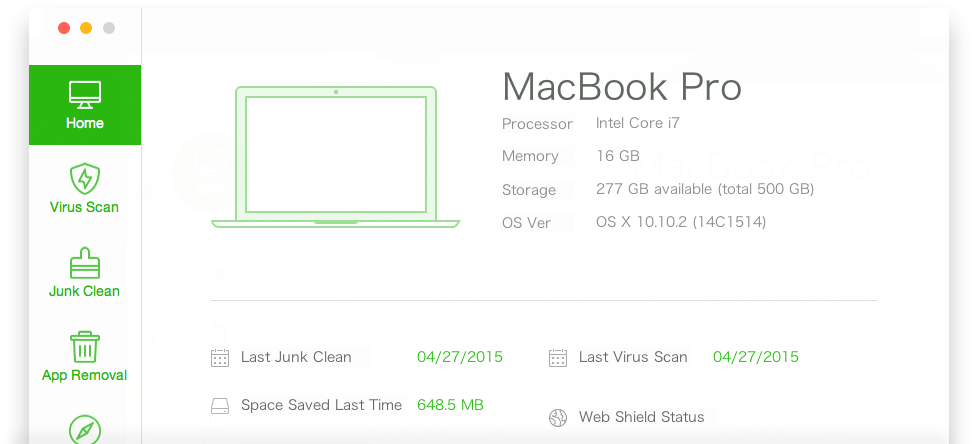

- Antivirus for mac 2014 how to#
- Antivirus for mac 2014 install#
- Antivirus for mac 2014 drivers#
- Antivirus for mac 2014 upgrade#
This system is several years older than the minimum Apple says is supported. You can find all the steps on the macOS Catalina Patcher website, but I’ll be taking the journey with you using my Mid-2009, 17″ MacBook Pro. In the hardware overview window that pops up, a Model Identifier will be listed make sure you write it down or remember what this is. Go to your Apple menu and pull up “About This Mac.” From there, click on “System Report” or “System Information” (note that the wording may vary depending on the OS you have installed).While you’re there, give the page a careful read to see if your Mac is properly supported by the patcher and what known issues there might be.Now grab a copy of macOS Catalina Patcher from this website (you can also get the Mojave and High Sierra patchers if you have a Mac with certain hardware that can’t be made to work with Catalina).Grab a flash drive (or external hard drive) that can be erased and is 16 GB or larger in size.Follow a “3-2-1” backup strategy, and ensure that your backups are really working.
Antivirus for mac 2014 how to#
If you want to run macOS Catalina but can’t due to your Mac not being officially supported, here is how to go about it:

Antivirus for mac 2014 drivers#
It uses a similar methodology to so-called “hackintosh” computers, where additional Apple drivers from previous versions of the operating system are included to make the current version of macOS work with a wider range of hardware. The unofficial list looks a lot better, doesn’t it? Perhaps it seems too good to be true, and to be fair, there are some known issues with certain models (see below, and the Catalina Patcher homepage, for details). Josh Long (the JoshMeister) October 8, 2019 But many ≥2008 Macs can be upgraded to #macOSCatalina without hardware changes!) /PWnINBJRm6
Antivirus for mac 2014 upgrade#
(*This iMac required a CPU upgrade the chipset misidentifies 2.6 GHz as 700 MHz 🤣. I’ve successfully installed macOS Catalina on a 2007 iMac.* *With a processor upgrade (not for the faint of heart), the unofficial list can even include the mid-2007 iMac, a computer that is now more than a dozen years old. Mac Pro (Early 2008 or newer with recommended graphics cards) IMac (Early 2008 or newer, except for some 2010 models and all 2011 models) IMac (Mid 2007, after upgrading the CPU)* The unofficial list, however, looks more like this: Sounds interesting, doesn’t it?Īccording to Apple, these are the supported models for macOS 10.15 Catalina:
Antivirus for mac 2014 install#

Keep in mind that even though these two older macOS versions still receive security updates, not all known vulnerabilities are addressed. At the time of writing, the current version of macOS is Catalina (10.15.x), and the two previous versions are Mojave (10.14.6) and macOS High Sierra (10.13.6).


 0 kommentar(er)
0 kommentar(er)
